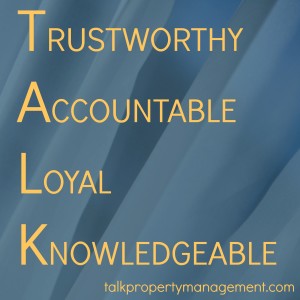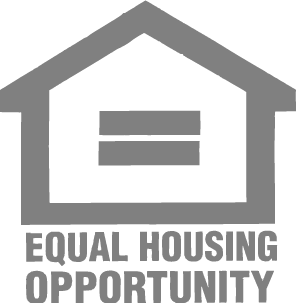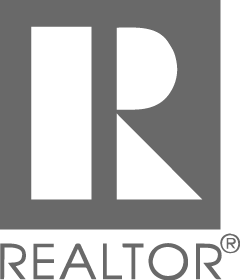If 2021 is the year you become an investor, or if you’re already one and looking for ways to increase ROI on your investment, these four home designs should factor into your portfolio decisions in 2021. With the pandemic, people are spending significantly more time at home, and this influences home layout preferences and needs. Here are some home design trends you should look for in your next rental property.
Separated Spaces for Multigen
Open floor plans are not as popular if multiple people are sharing the same living space. Homeowners are looking for areas to do work, place video calls, exercise, and learn remotely, and you can’t do that all in one room. Think of the chaos! This is especially true with the rise in multigenerational families sharing a home, where each individual needs space and privacy for themselves.
Wood-grain Elements in the Kitchen
Increased time spent indoors is influencing home materials. Homeowners are craving the outdoors indoors, and this includes materials that are organic and natural. This home design ties interior elements to nature and can be accomplished by adding wood-grain cabinets and wood countertops.
Outdoor Solitude
The backyard has become a break room of sorts for adults and children, so homeowners are looking for entertainment. The items that gained popularity during the pandemic are fireplaces, fire pits, patios and decks, screened-in porches, and outdoor kitchens. While an outdoor kitchen can be expensive, it can be as economical as adding an outdoor refrigerators and dining areas to your rental property.
Smarter Bathrooms
Touchless appliances and self-cleaning appliances gained traction last year in smart technology. Motion sensors for lighting and smart temperature control for bathroom floors are some ideas that can increase ROI.
Contact us today to begin your investor journey. If you need help deciding what home designs increase your rental property’s ROI, reach out to TALK Property Management– We are here to help: (512) 721-1094 or dbrown@talkpropertymanagement.com.



